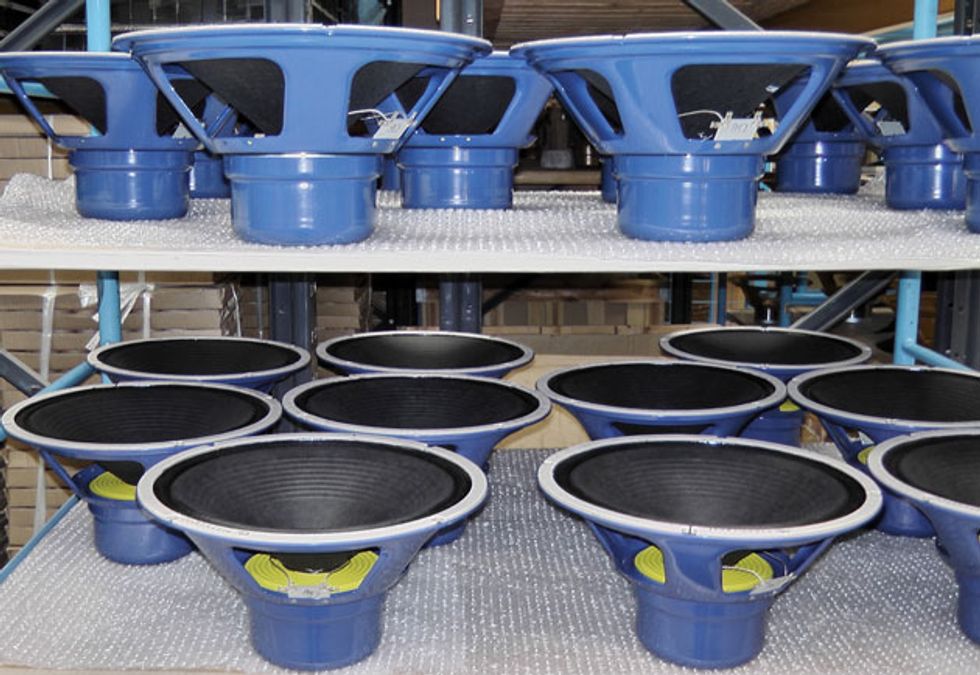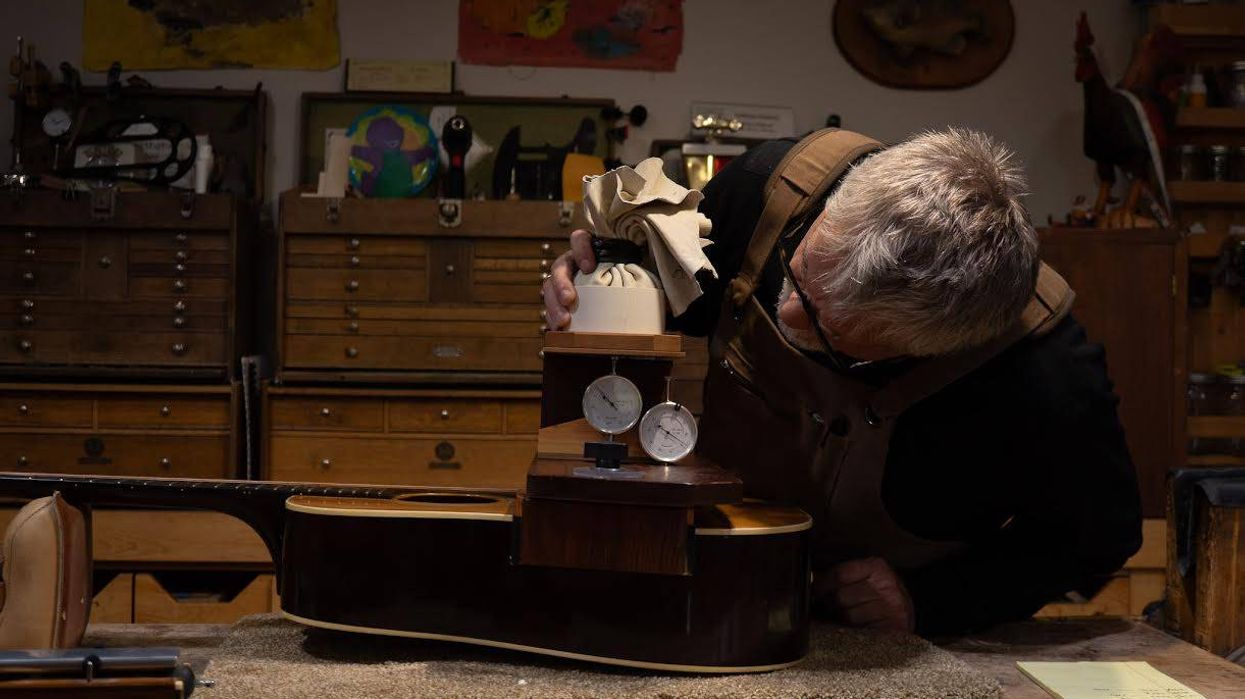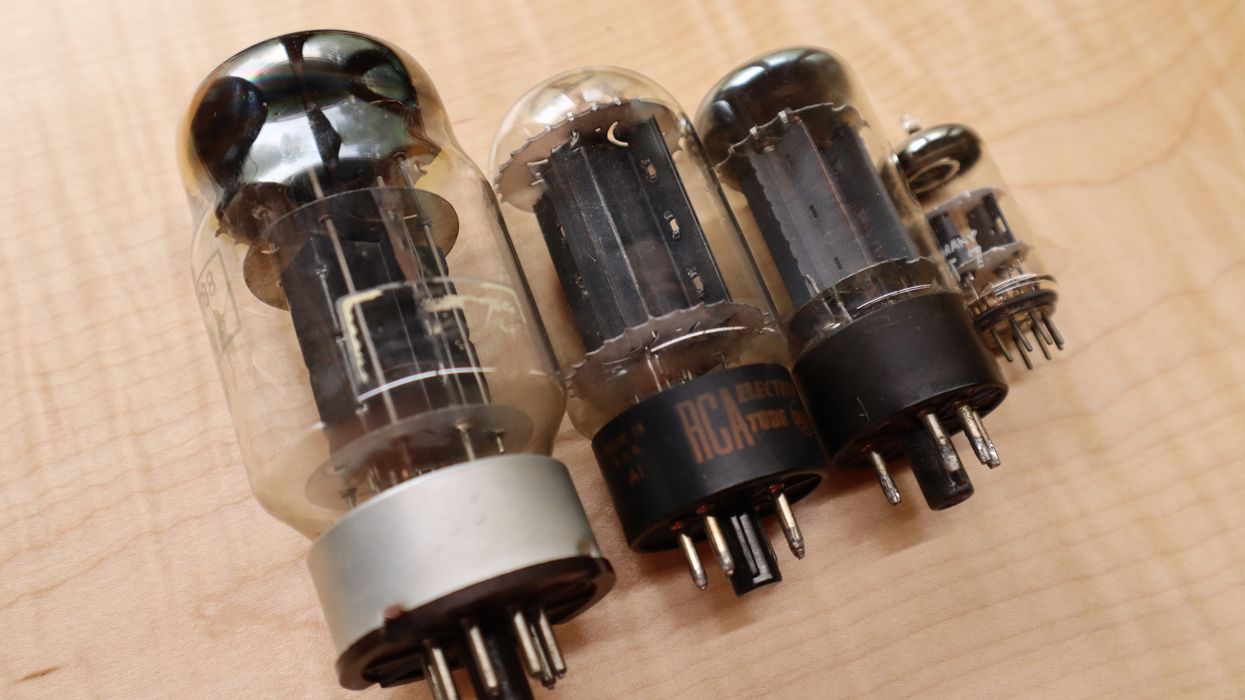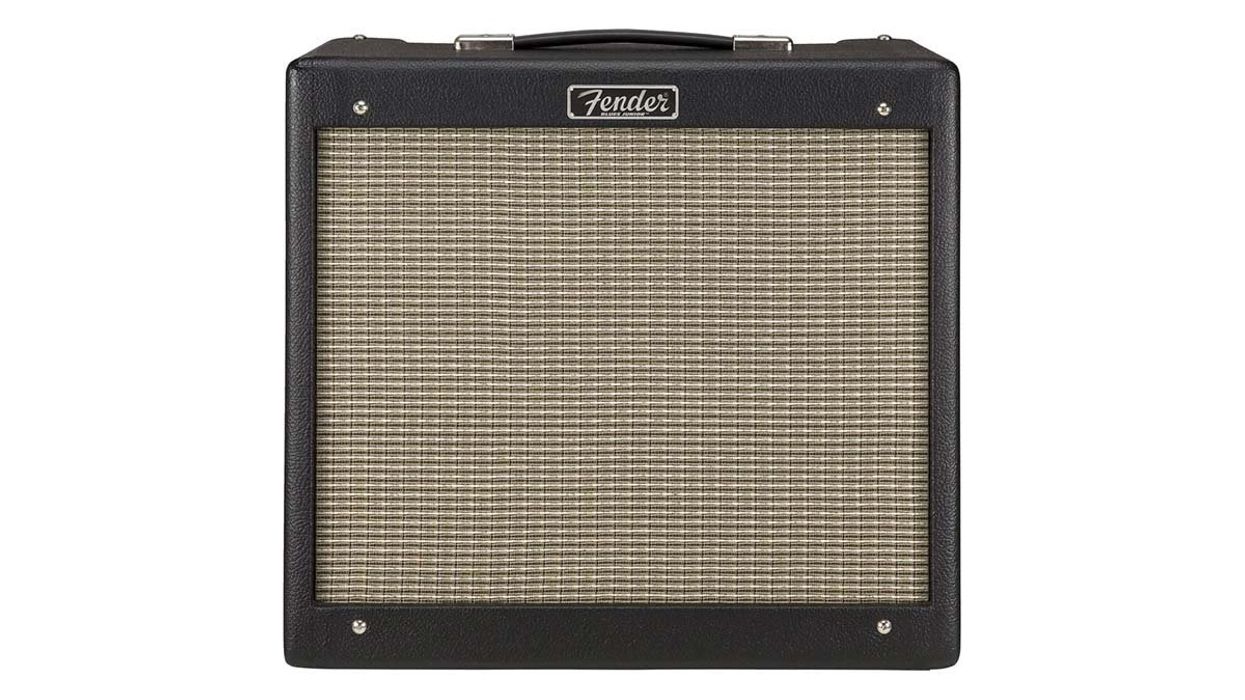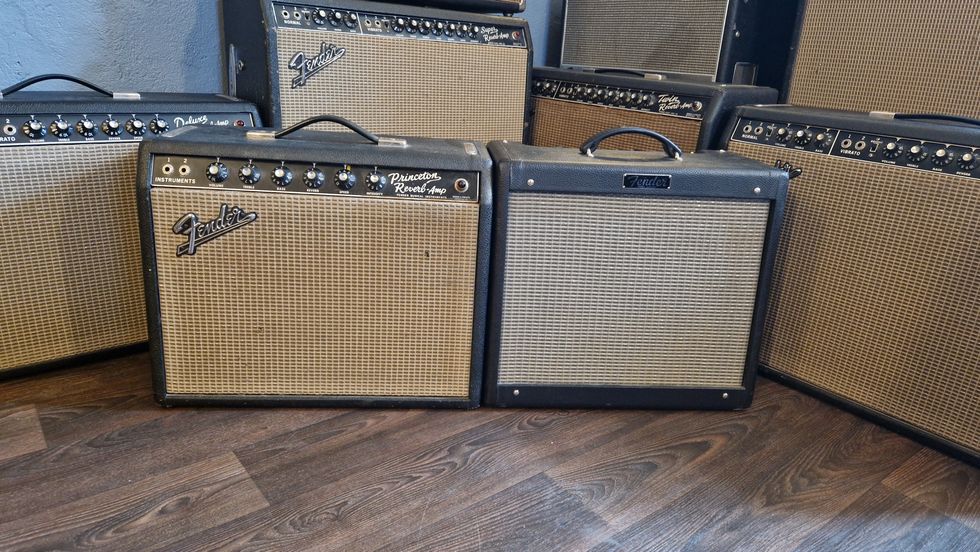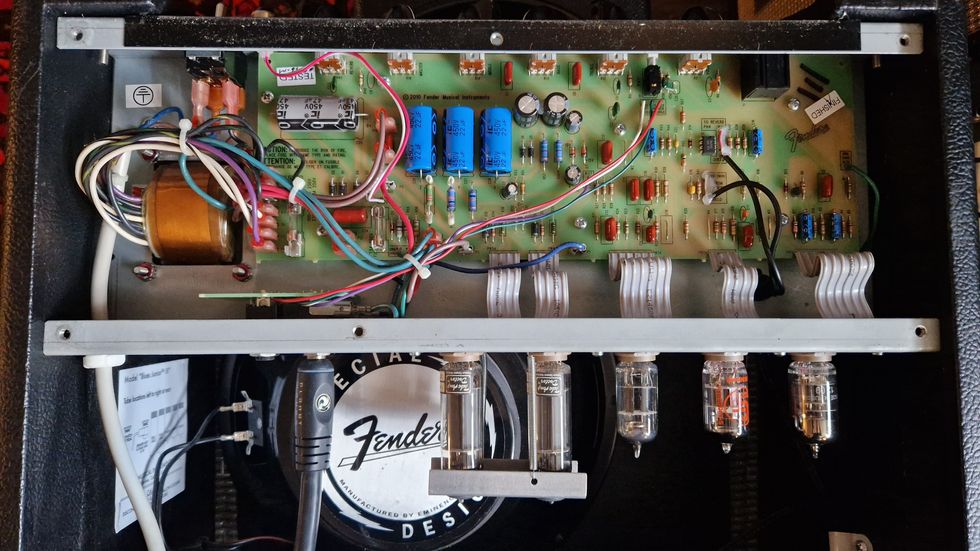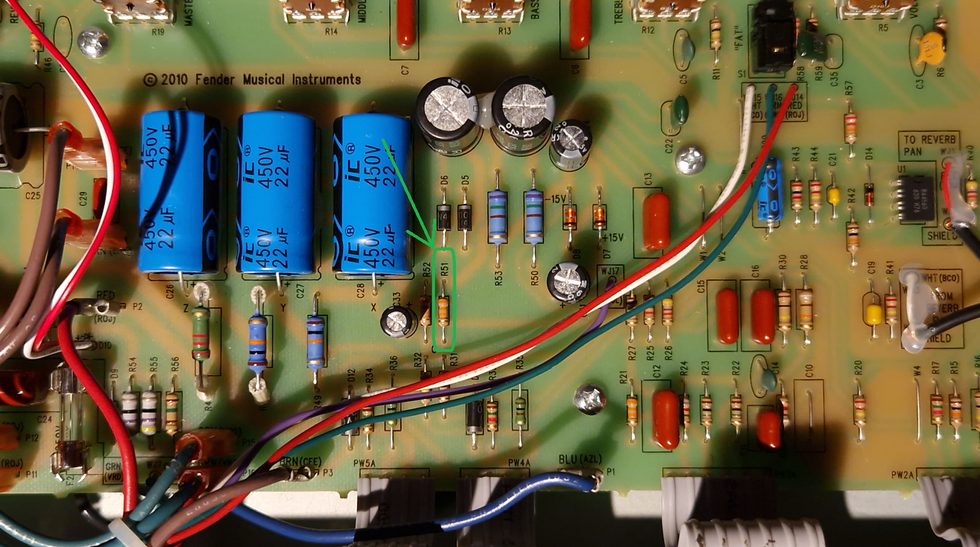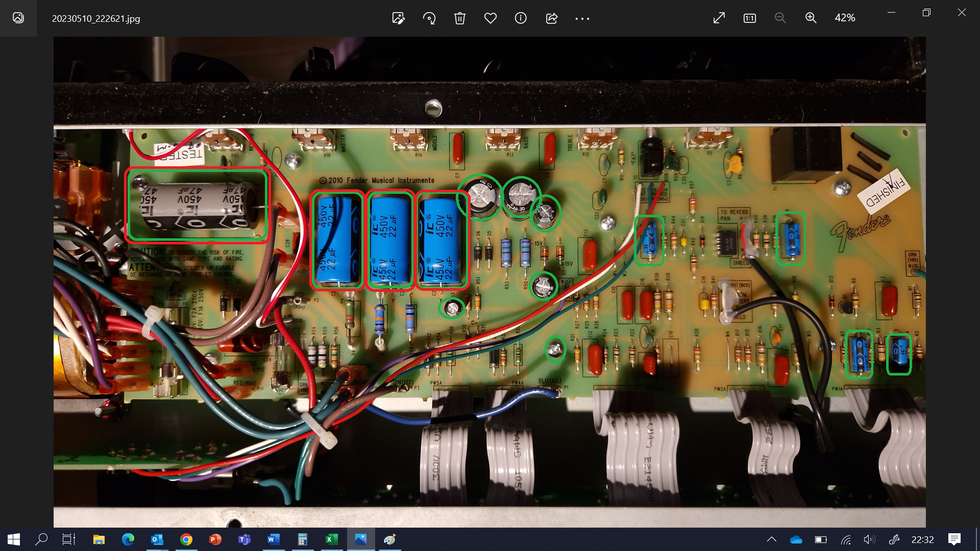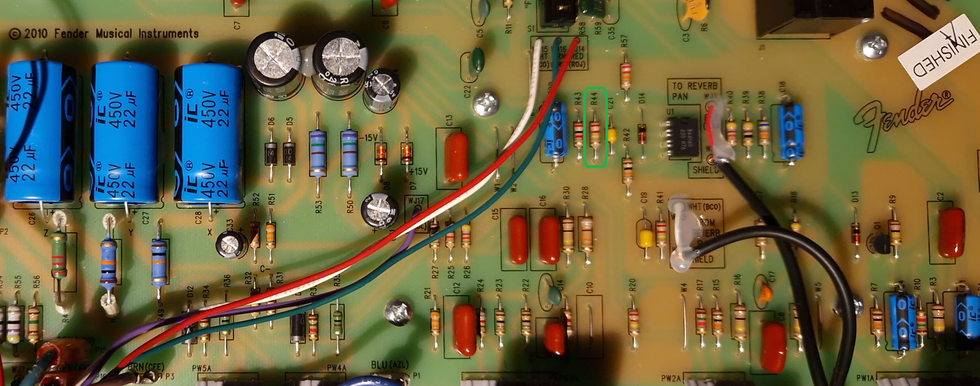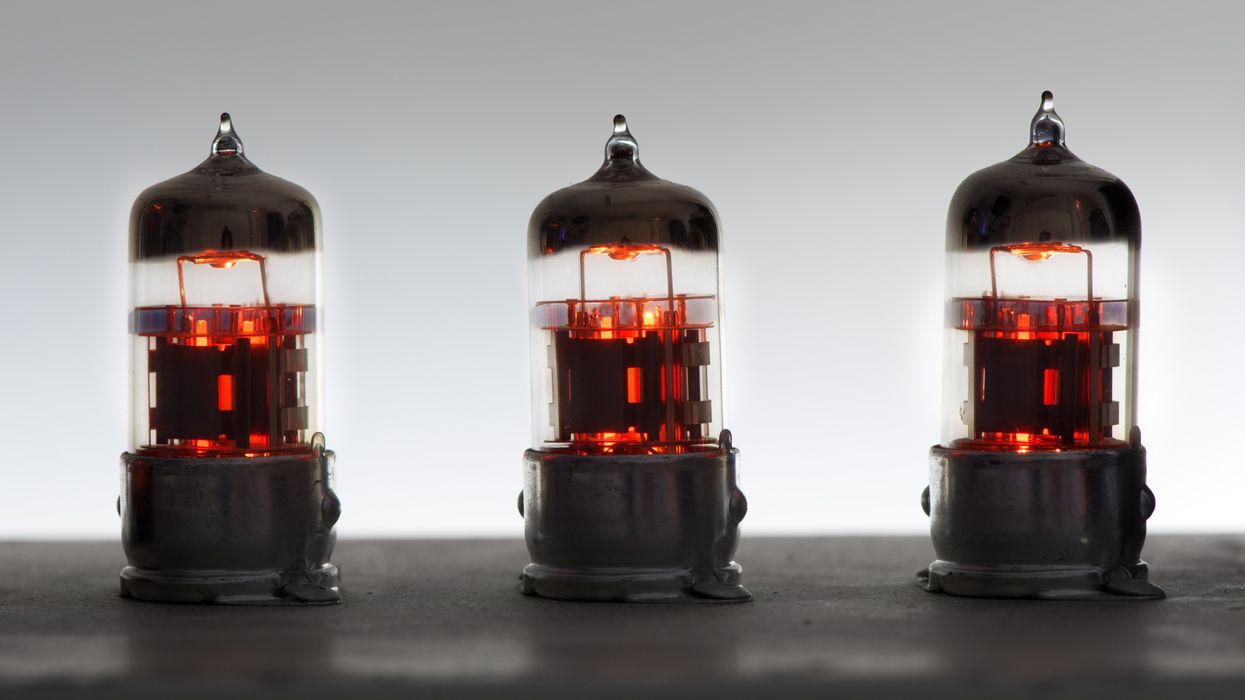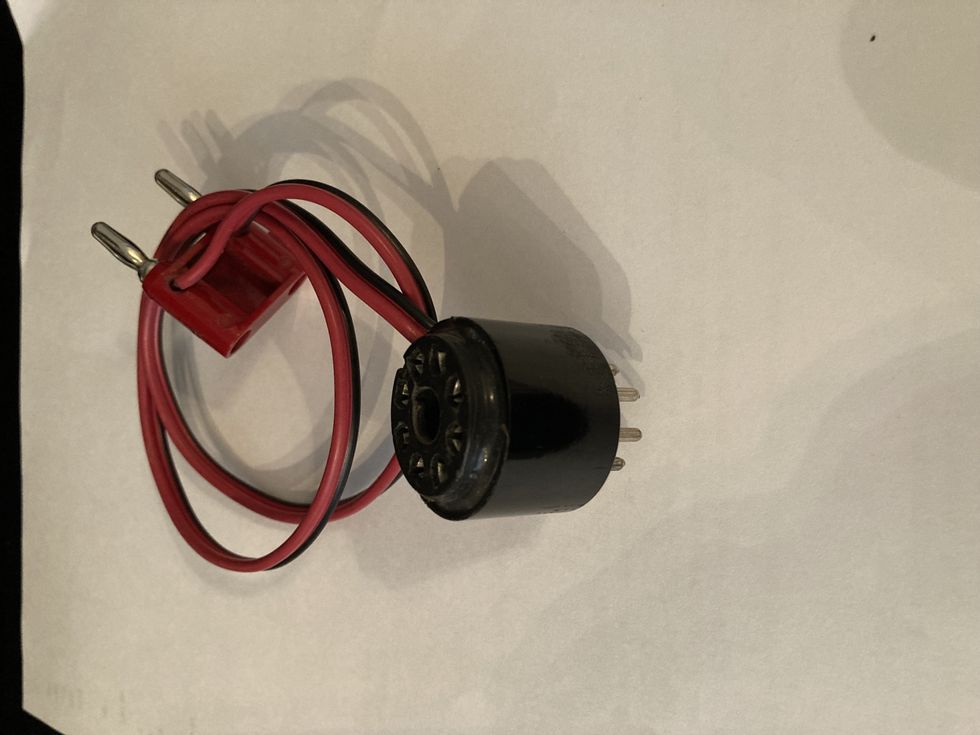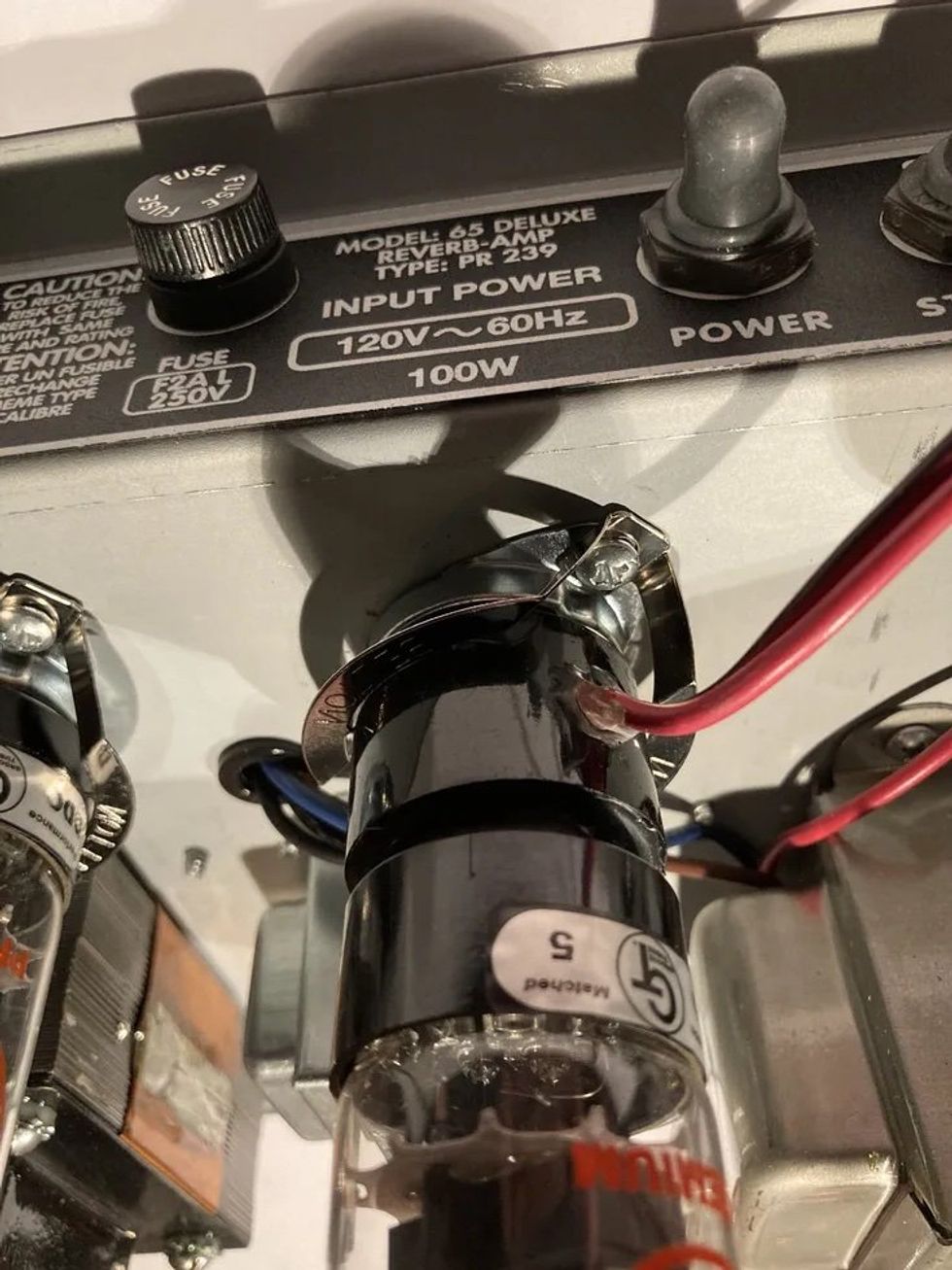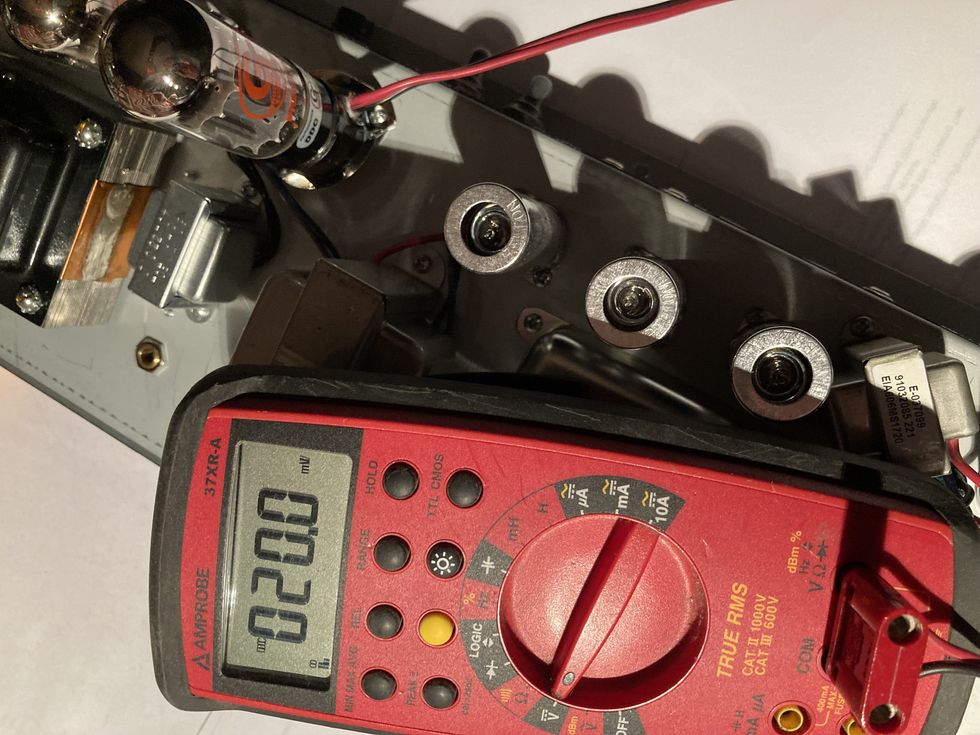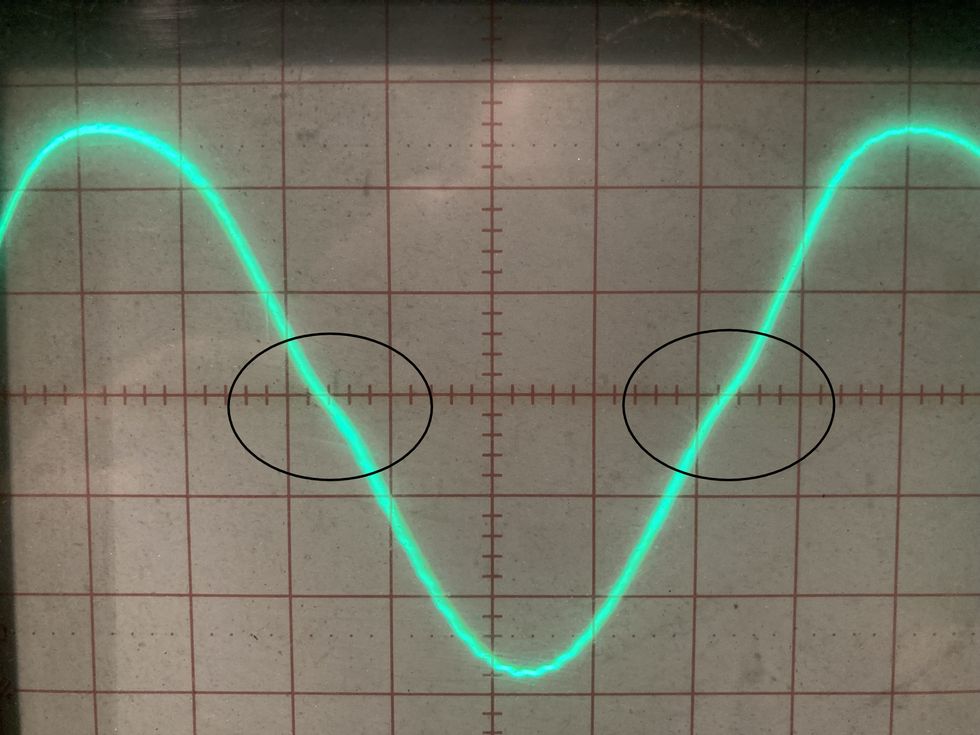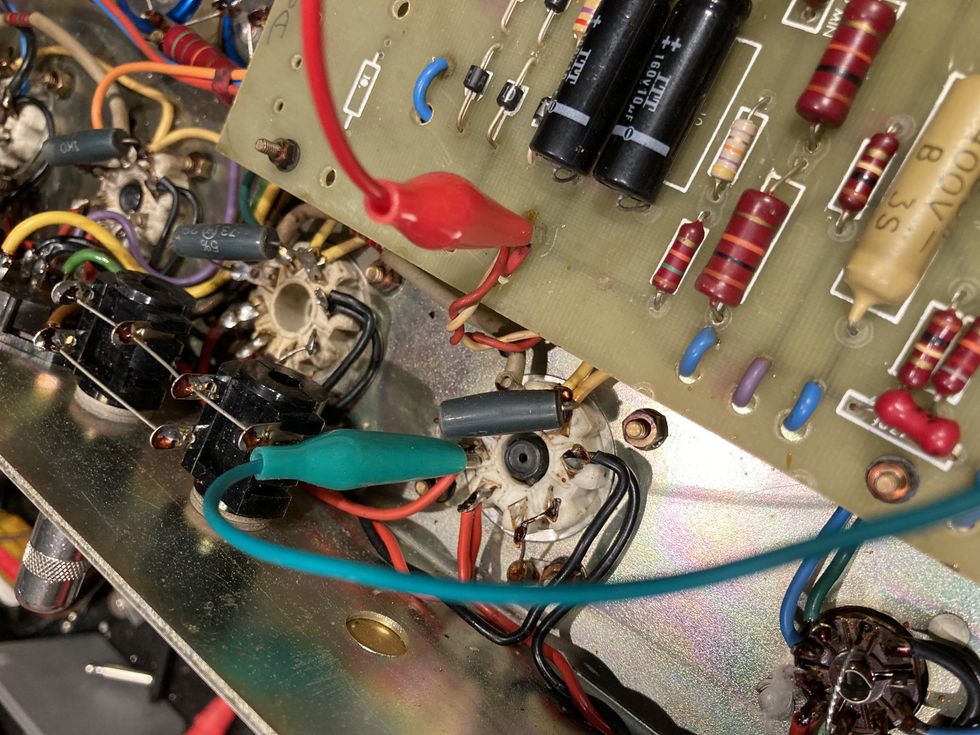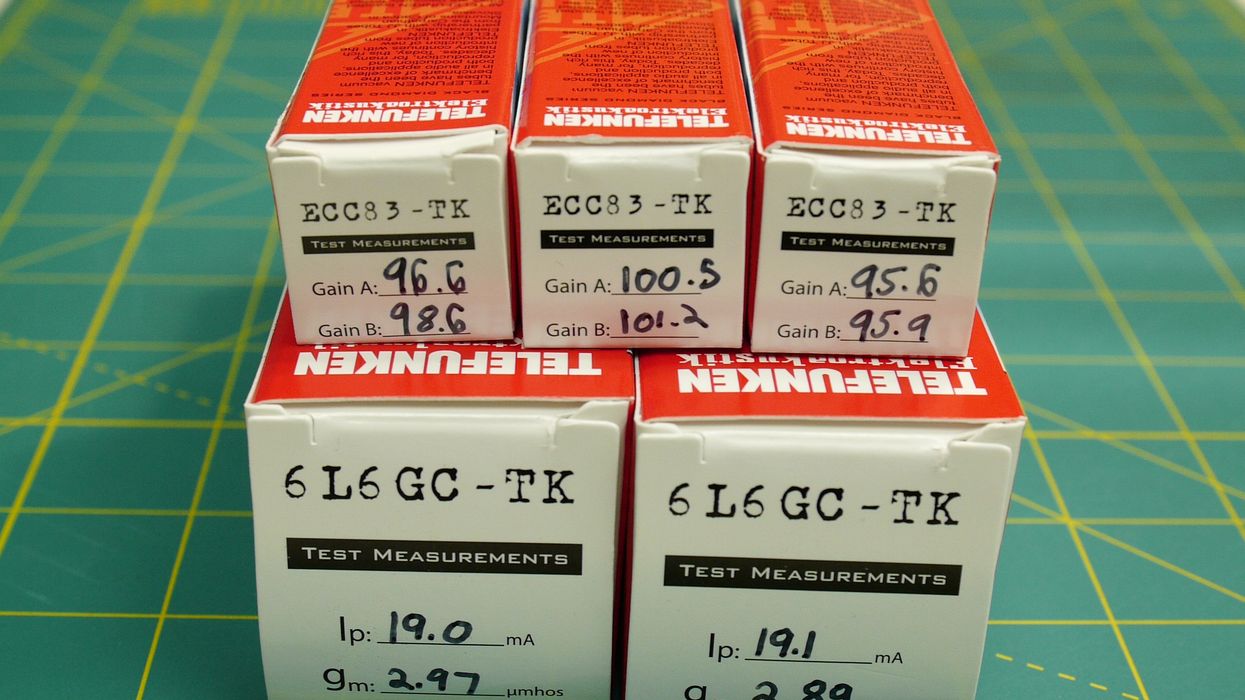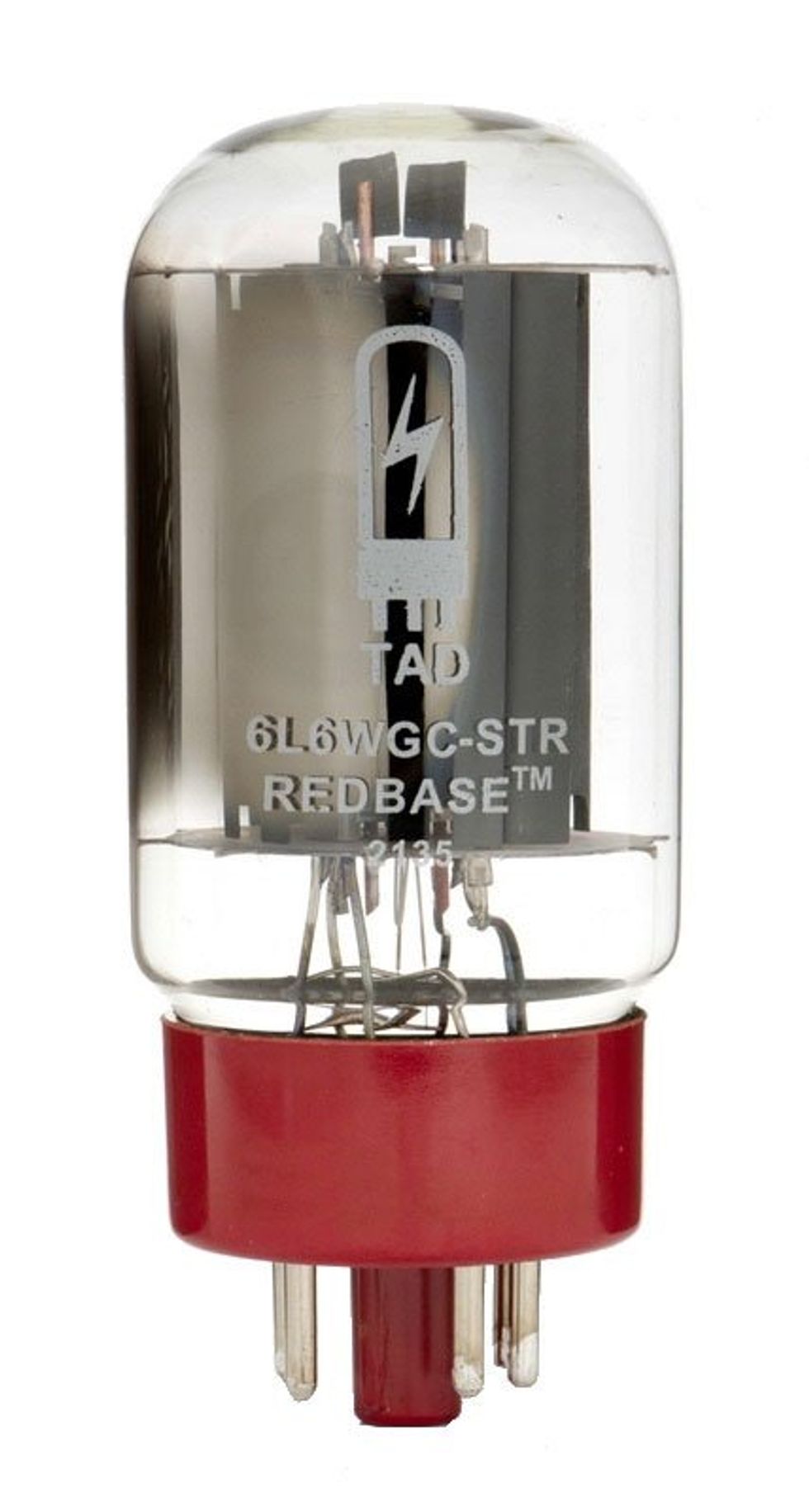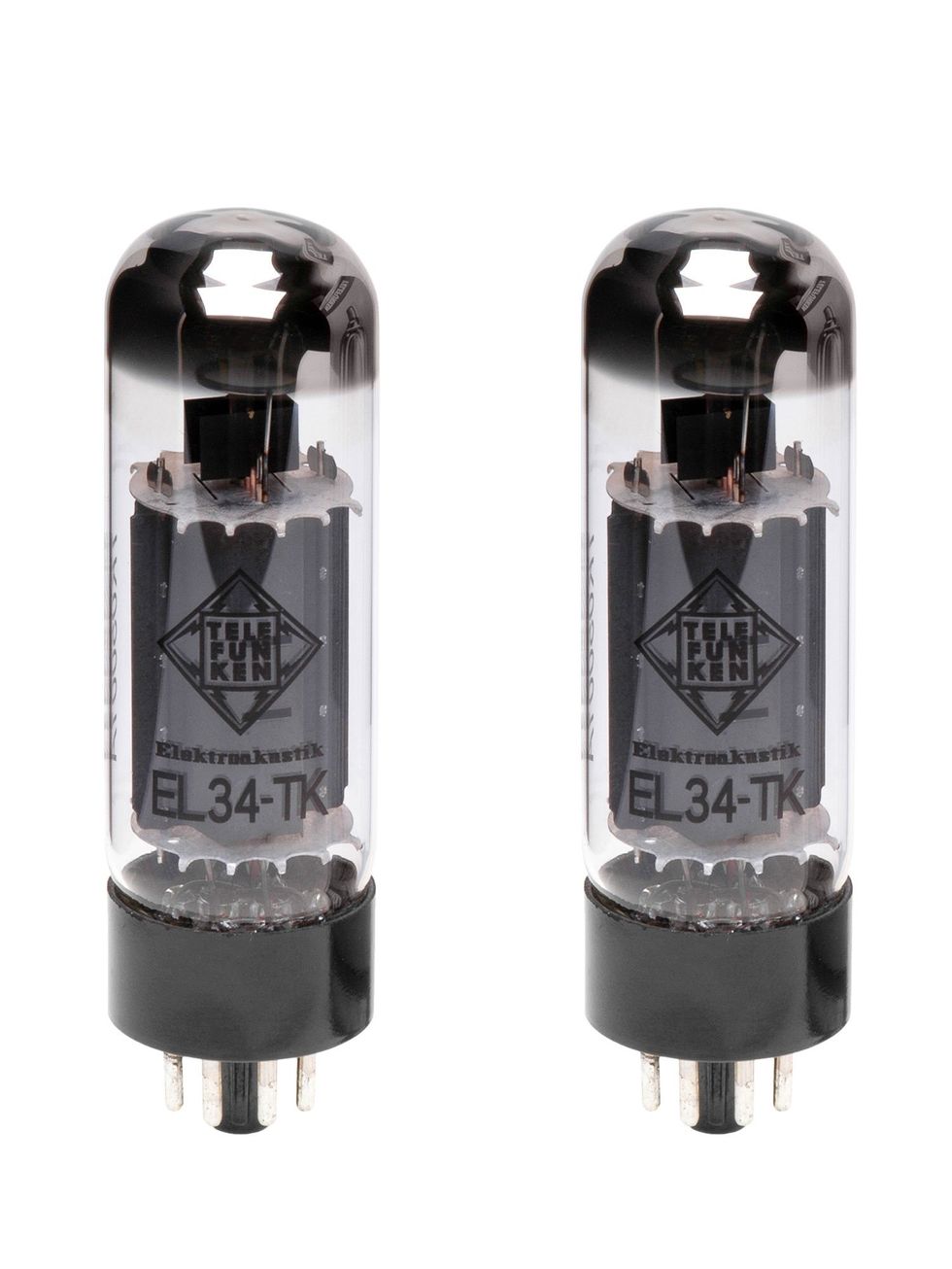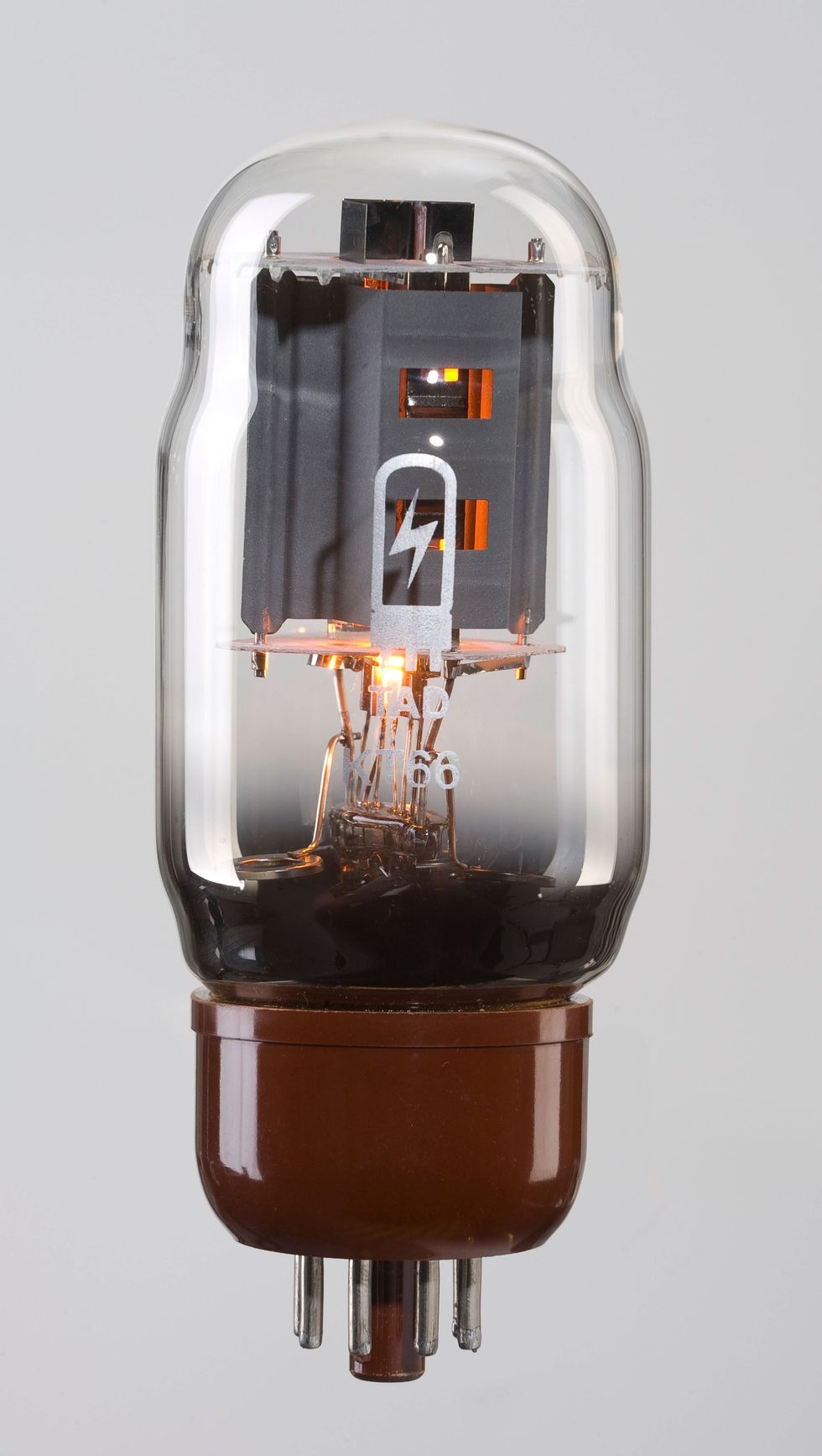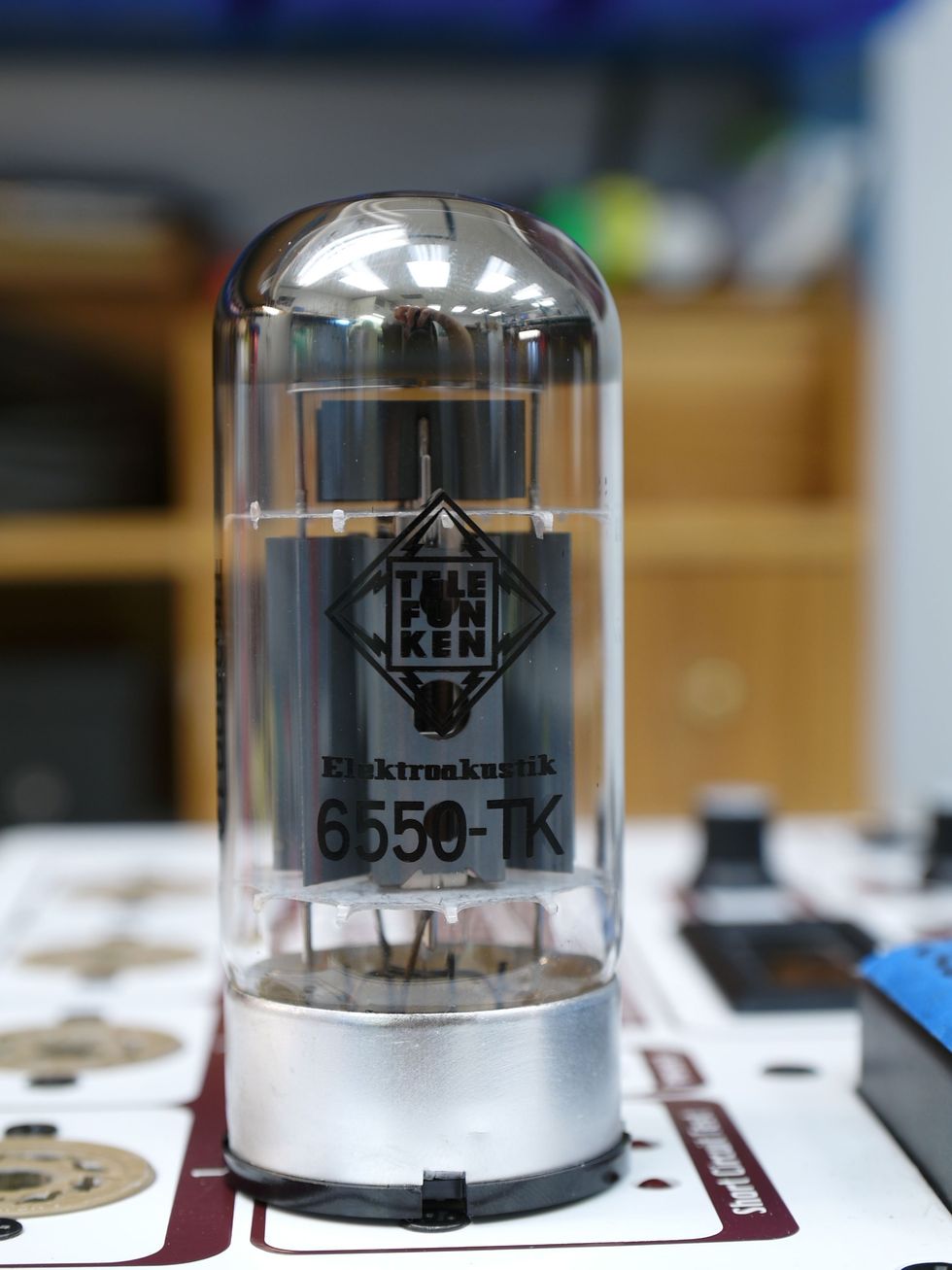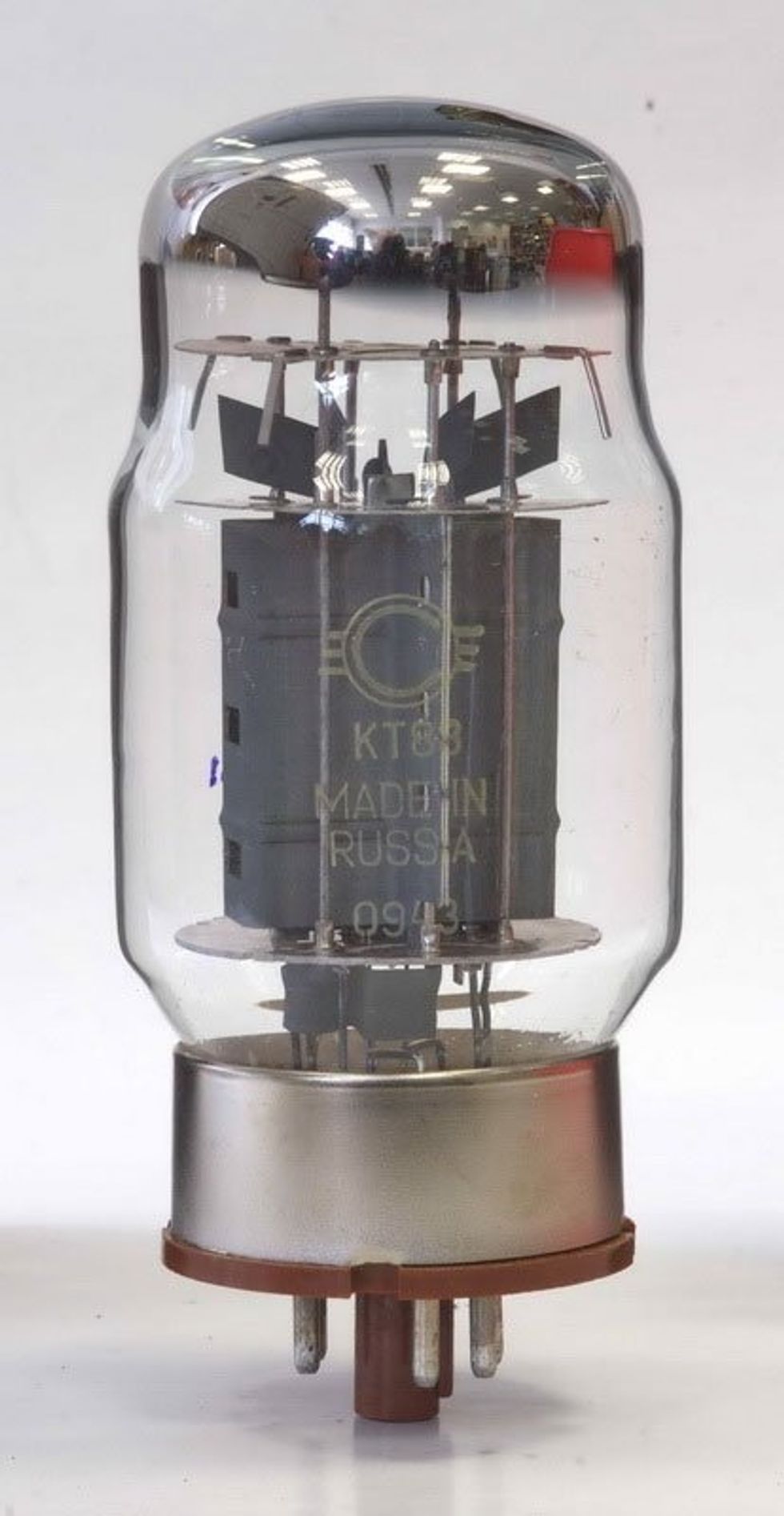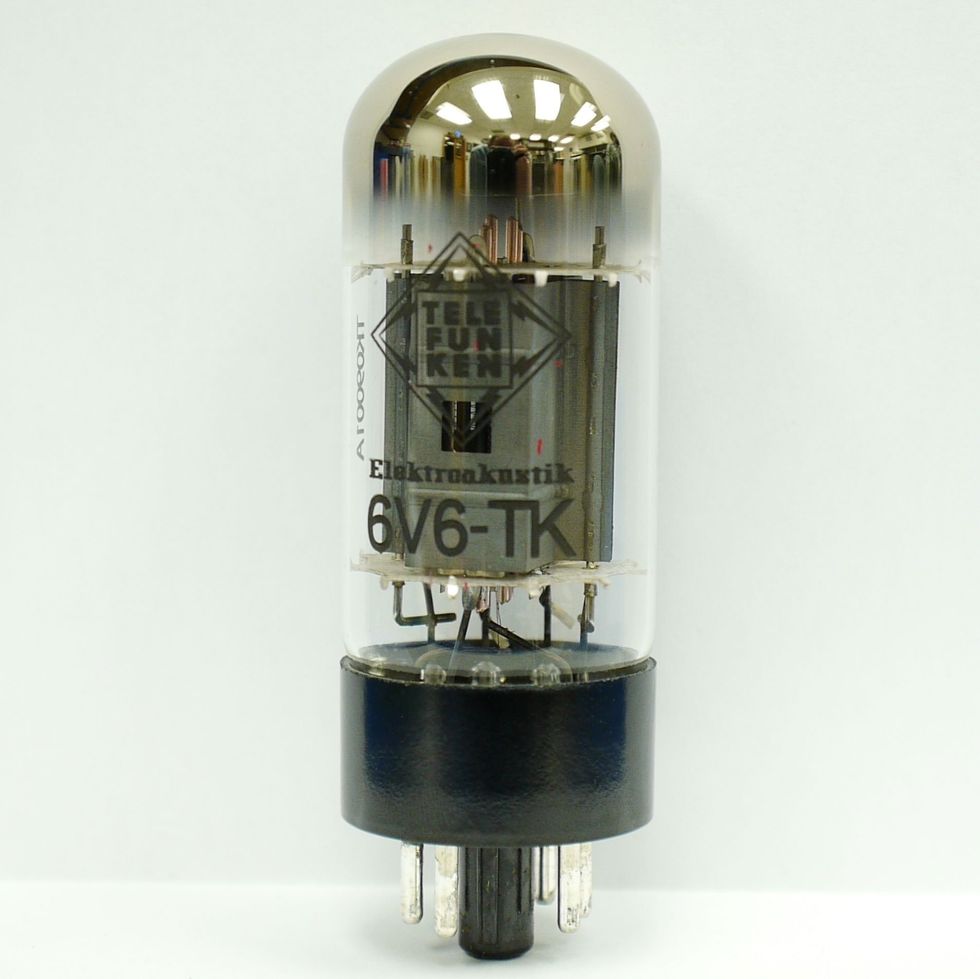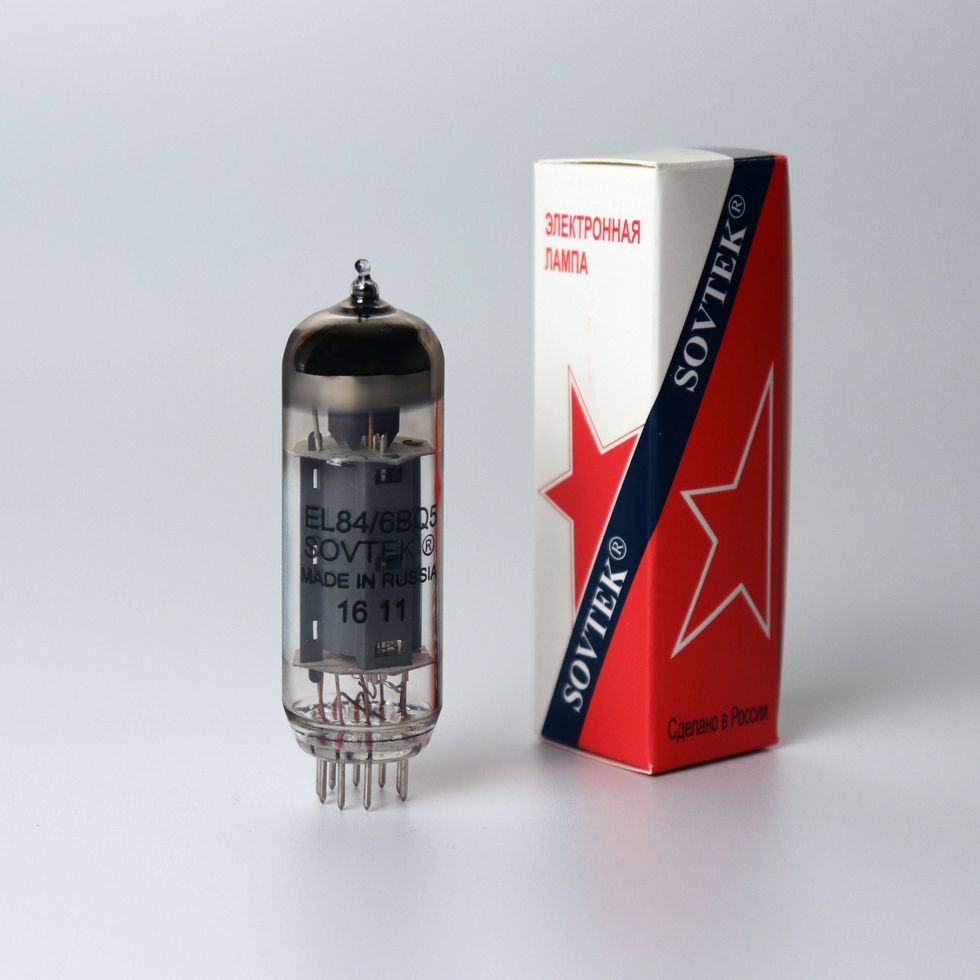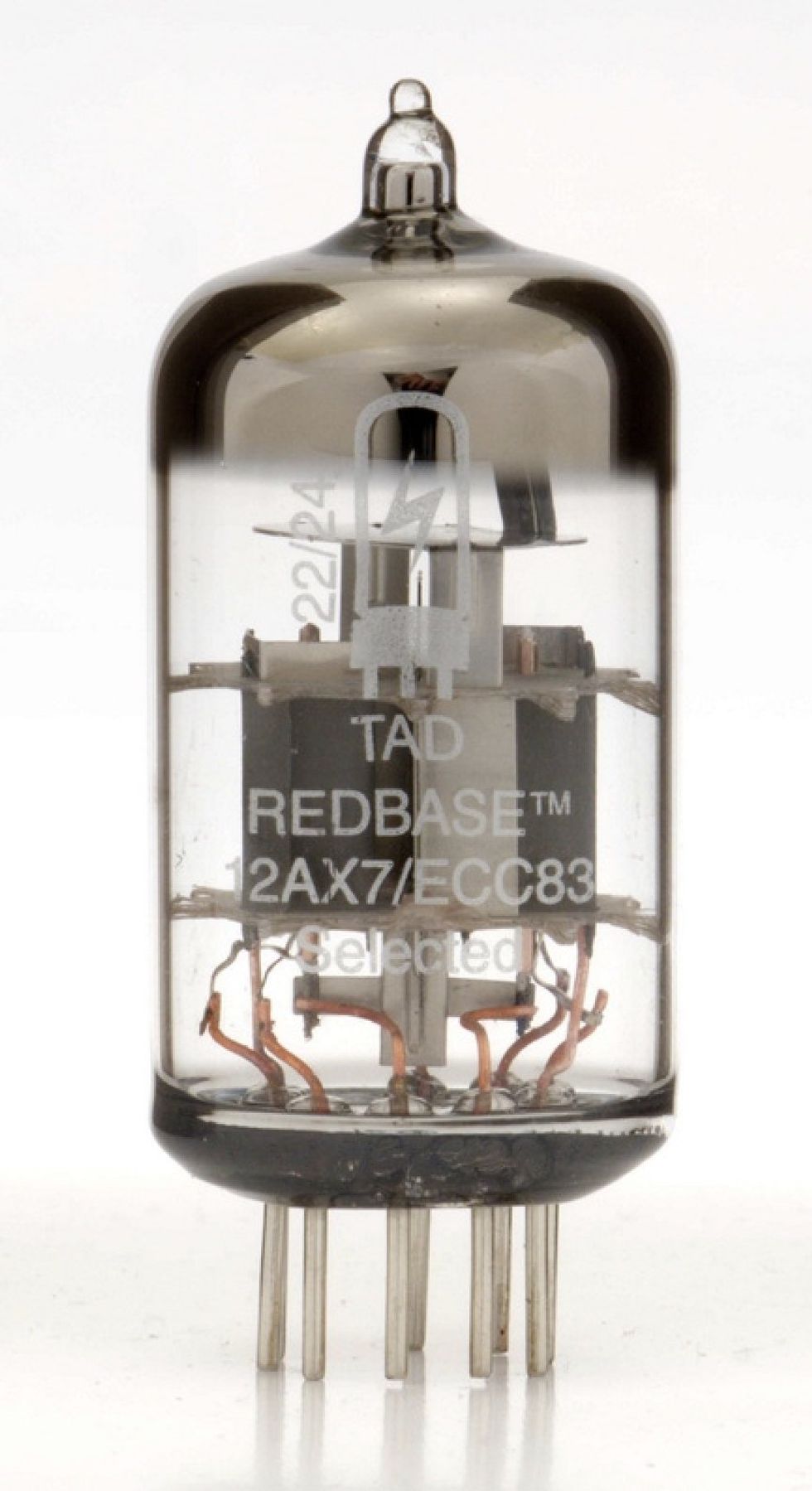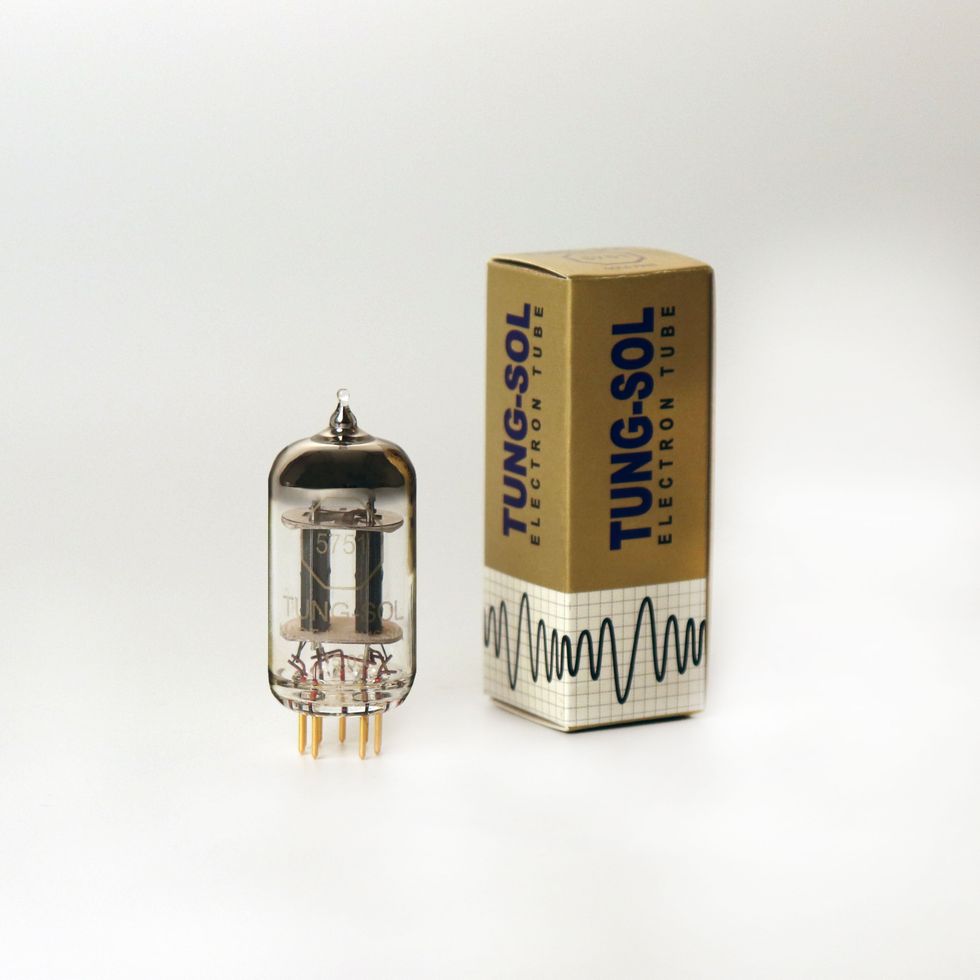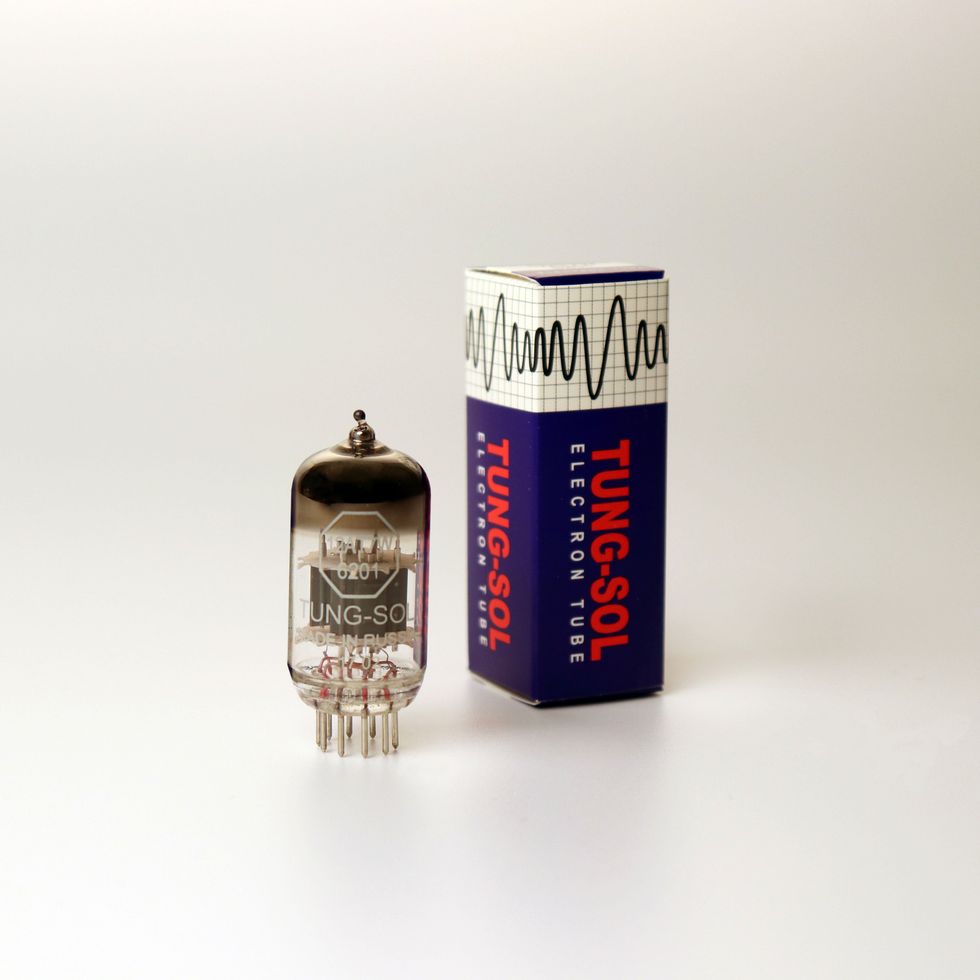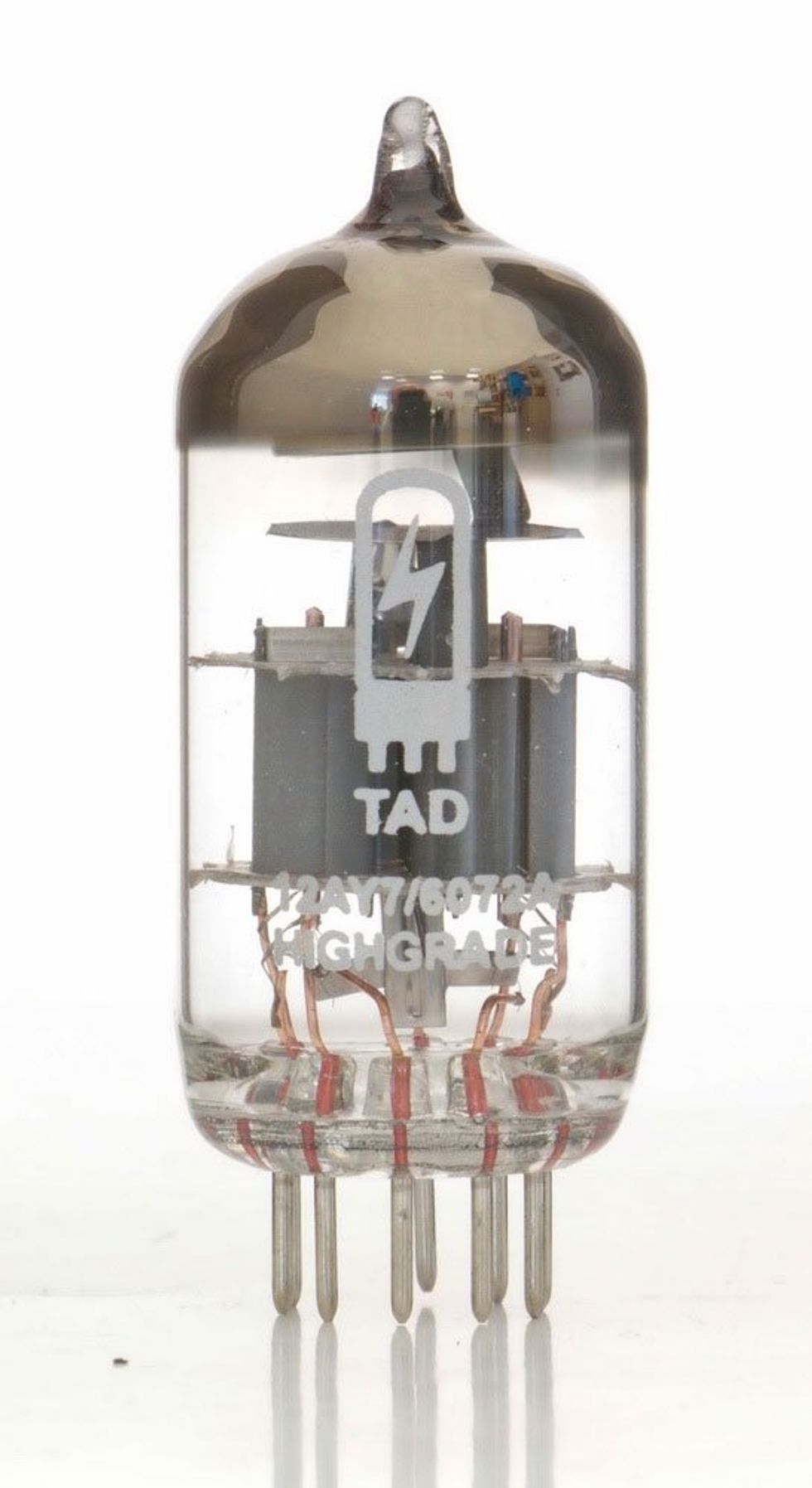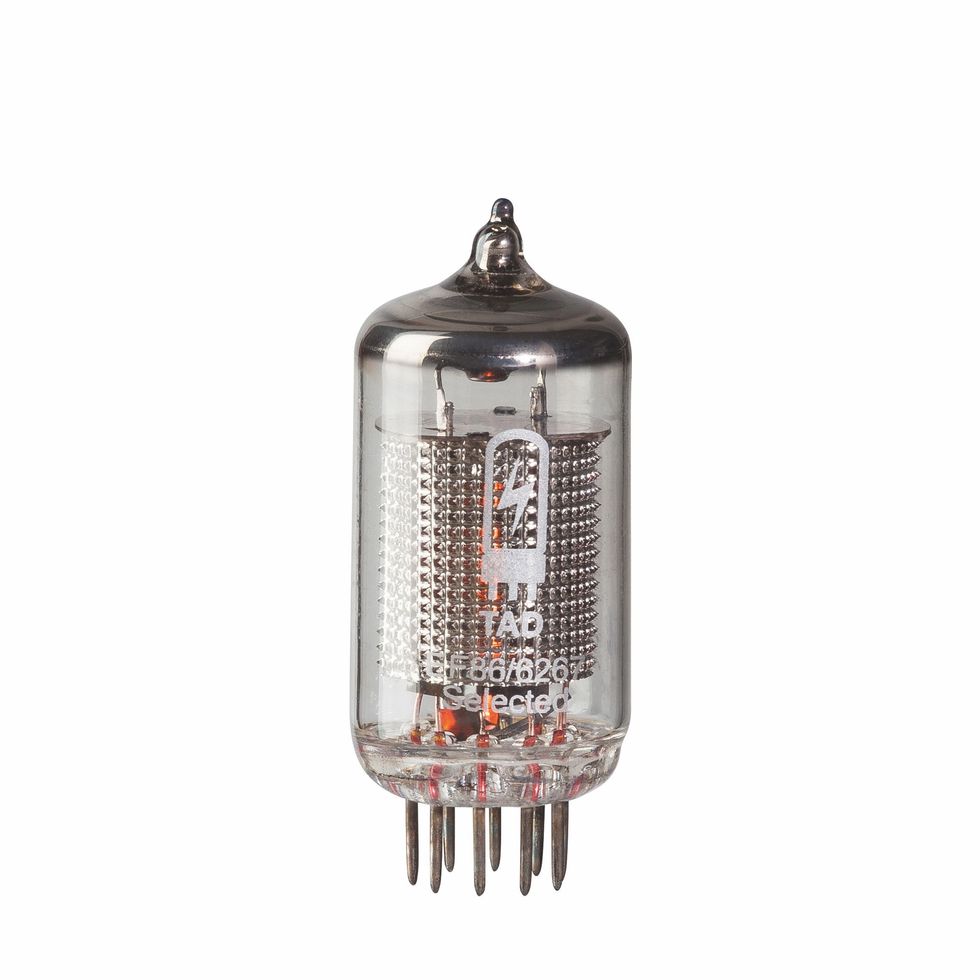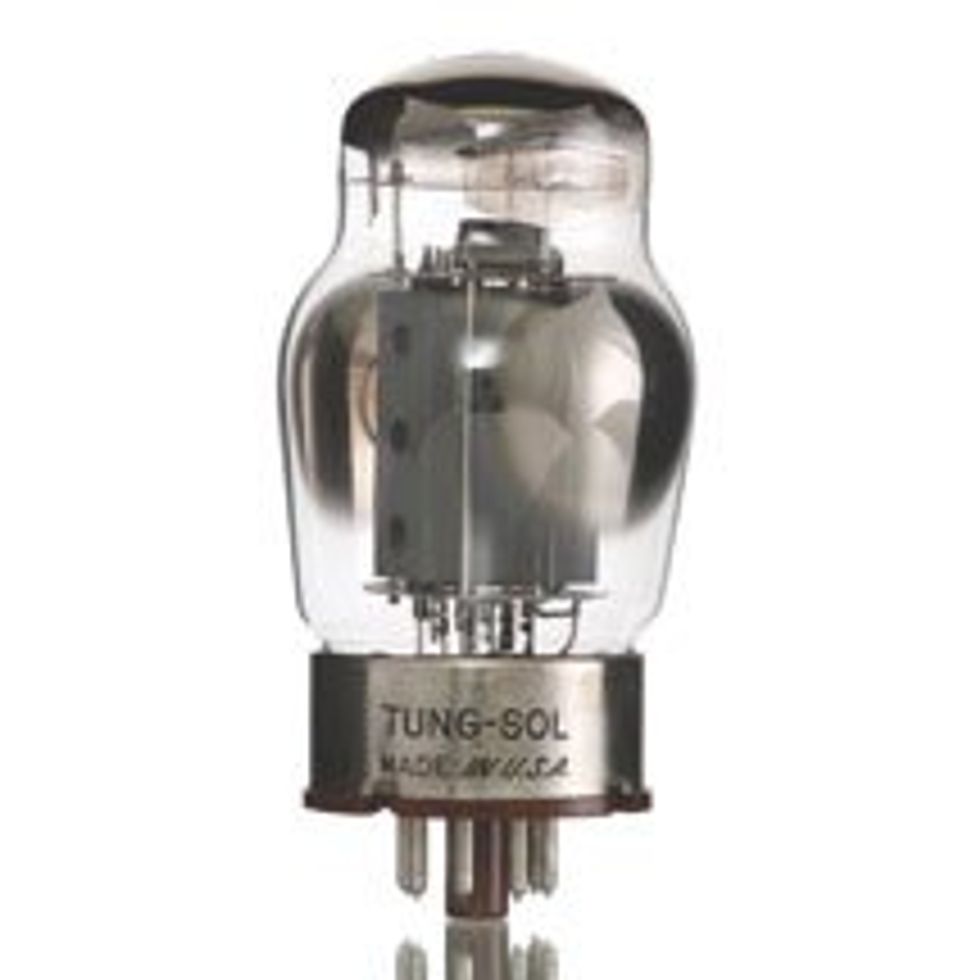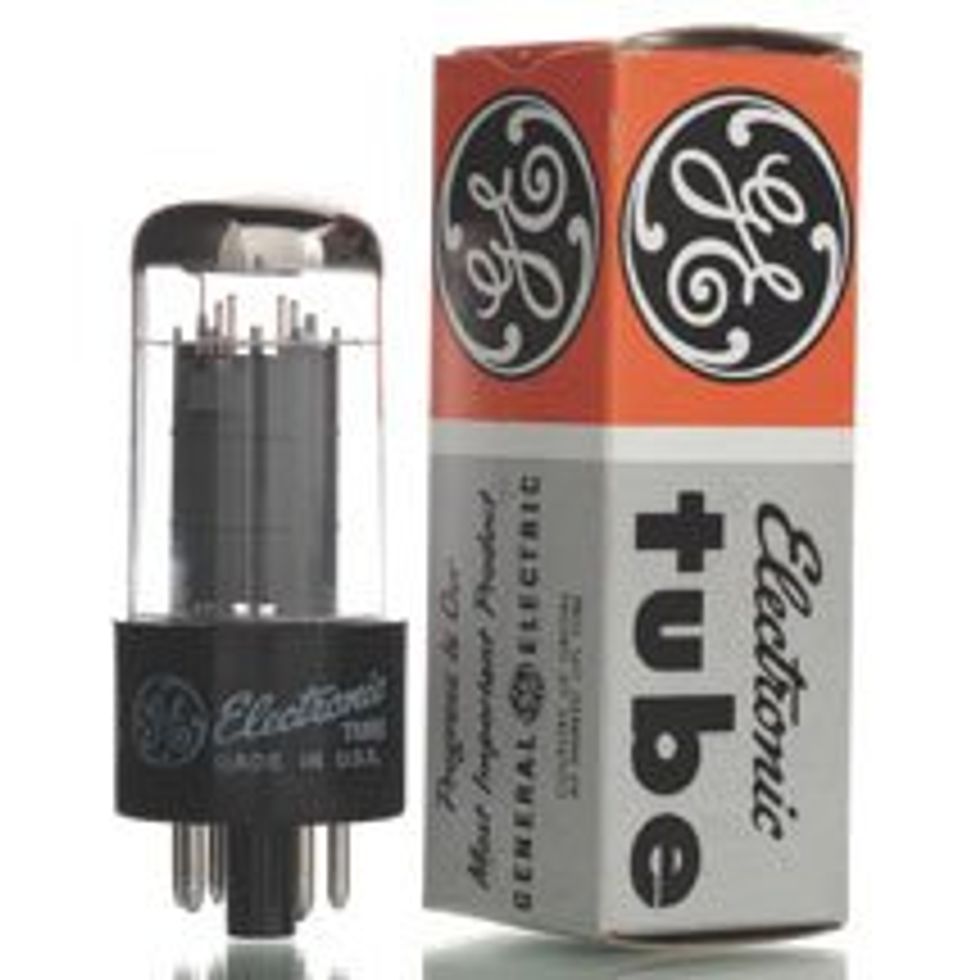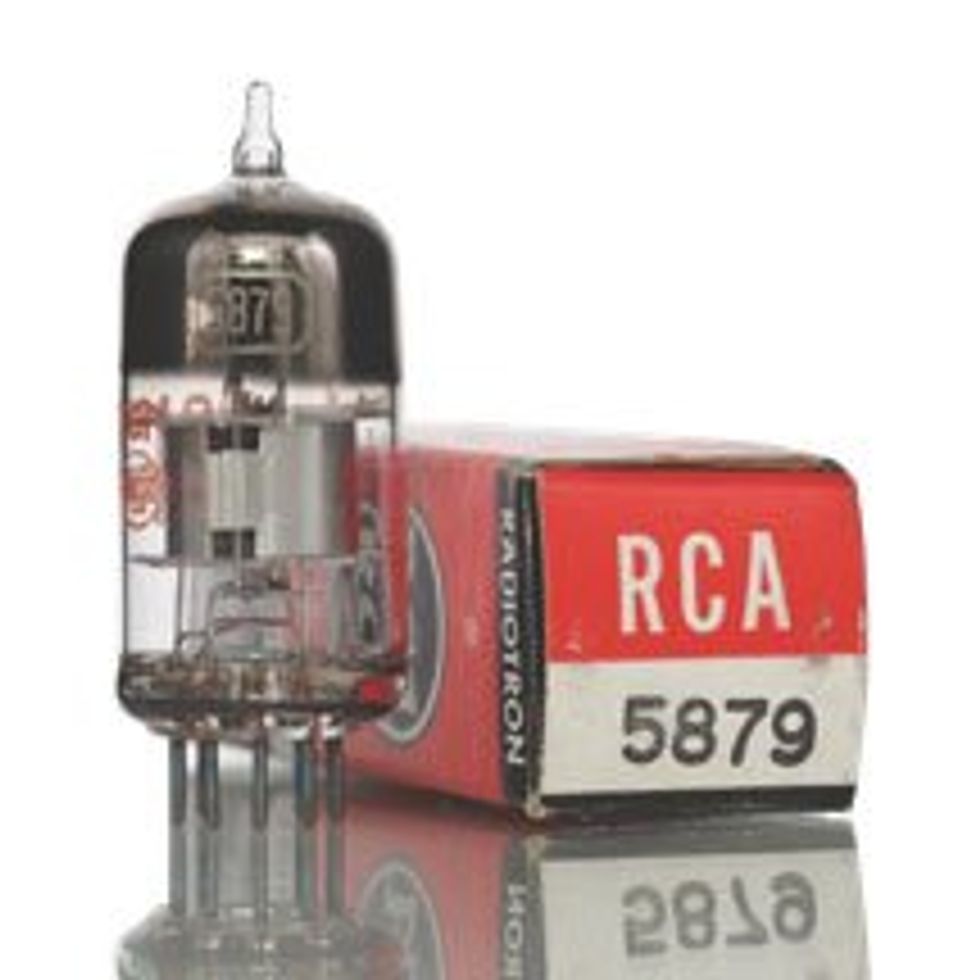Power handling. It’s one of the most fundamental loudspeaker specifications, and yet one of the most misunderstood. Here’s what you really need to know about choosing the right speaker for your setup.
As guitar players, we’re all comfortable with the idea of our amp’s power rating. It’s a handy means of quantifying how much “boost” we can apply to our guitar signal, how much bigger we can make the output. A guitar speaker’s rating considers power from the opposite direction. This rating represents the maximum amount of amplifier power the speaker can safely tolerate over a period of time. If the power input from the amp to the speaker is lower than the specified power-handling figure of the speaker itself, then the speaker ought to deliver trouble-free operation for a lifetime. But if you feed a speaker anything beyond its stated maximum, problems can occur.
In practical terms, this means if you connect a 50-watt amp to a speaker rated at 50 watts (or more), then you’re good to go. However, connect a 20-watt speaker to the same 50-watt amp and you run an increased risk of the speaker failing at some point down the line ... probably in the middle of your showpiece solo.
Avoiding disaster. Operationally, choosing a speaker you can safely use is simply a matter of getting to know which speaker is going to work with your amplifier without breaking. For that 50-watt amp, a 50-watt speaker will work fine, but so will any speaker with a power rating greater than 50 watts. It could be 60, 75, 100, or even 150 watts. In terms of functionality, it doesn’t matter. Beyond that it’s simply down to your tonal preference as to which speaker you select.
The same principle of maximum amp power also applies to multiple speakers. If you run a 2x12 cab with that 50-watt amp, I’d recommend using a minimum of two 25-watt speakers. Similarly a 2x12 cab with dual 60-watt speakers provides you 120 watts to play with, which is still great.
It’s perfectly okay to mix two speakers of differing power ratings. If you do this, then the overall cabinet rating will be twice the lowest rated value. So a 2x12 cab loaded with both a 25- and a 60-watt speaker will have an overall power rating of 50 watts.
lowest rated value.
Where to draw the line? There’s a school of thought that suggests you need to be driving a speaker to a certain level—perhaps somewhere between half and full power—to make it “do its thing.” The best option, so the thinking goes, is to choose a speaker with a power handling close to the max power output of the amp. While it’s true the more you crank up the power, the more gnarly (I believe that’s a technical term) the speaker output will likely become, the truth is a guitar speaker actually begins adding its tonal mojo at very low levels—mere fractions of a watt. So whatever level you’re playing at, you can be sure you’re already getting oodles of the lovely speaker tone you crave. Ever wondered if you could use that cute little 5-watt lunchbox amp with a 90-watt speaker? Sure you can, and I bet it’ll sound fantastic.
What dictates power handling? Testing a speaker to find its power handling gives us an insight into how the speaker copes with a sustained input both mechanically (in the repeated back-and-forth motion of the cone, voice coil, and suspension) and thermally (with the heat generated when you send a powerful signal into the speaker) over an extended period of time.
At Celestion, we test speakers in a number of ways: We play guitar through them, we play recorded music through them, and basically we do everything possible to find the limits of the speaker’s performance and what it takes to break it. More scientifically, we also feed the speaker with an RMS test signal—random noise with a consistent level of sound energy that’s averaged over time.
By subjecting the outcomes of these tests to experienced interpretation, we can arrive at a meaningful power-handling value. “Averaged over time” is perhaps the most critical statement here. For example, if we know that a guitar speaker can cope both mechanically and thermally with a constant 50-watt input signal for 100 hours with no adverse effects, then we can safely assume that the same speaker will have little problem withstanding a cranked 50-watt tube-amp signal that’s apt to produce higher transients from time to time.
Power handling needn’t be a barrier to speaker choice. In fact, once you’re armed with the knowledge of what it is (and isn’t), you can confidently choose from a bigger selection of speakers, and that can only broaden the range of tonal possibilities available to you.


